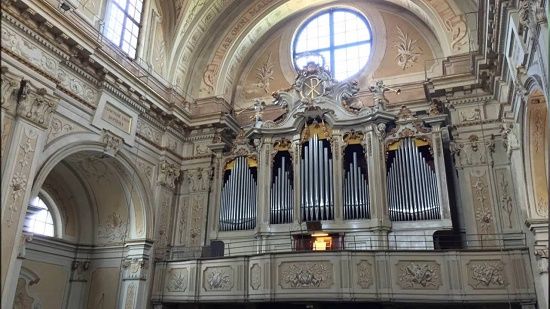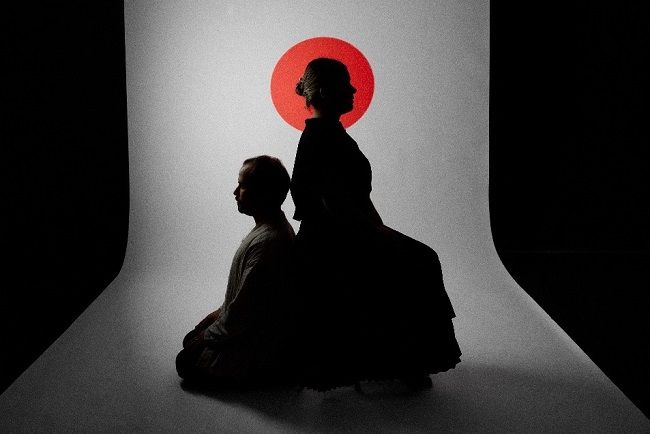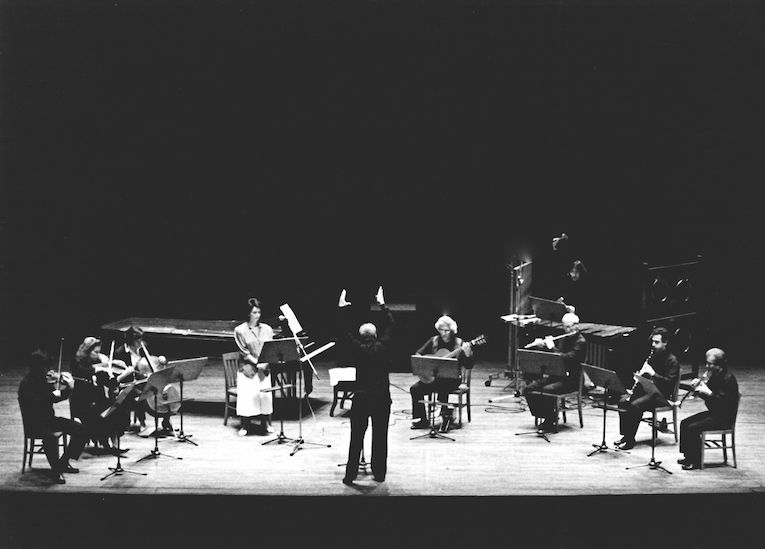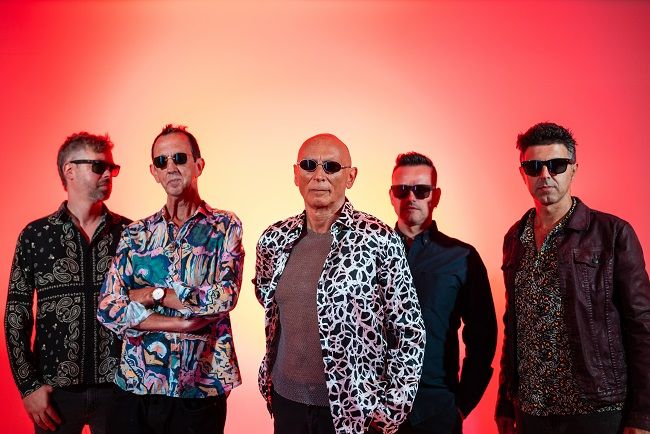Obras de referência da cultura portuguesa
BATALHA DE 6.º TOM
de PEDRO DE ARAÚJO
(fl. 1663-1704)
Análise de João Pedro d'Alvarenga
Tradução: Alexandra Leitão

Pedro de Araújo, mestre de canto no Seminário Conciliar de S. Pedro e S. Paulo entre 1663 e 1668 e segundo organista da Sé de Braga até 1665, data em que lhe foi concedido um benefício na Igreja de S. Salvador de Joane (Famalicão), é uma das muitas figuras esquivas da história da música em Portugal, mas cuja obra revela magistralmente o carácter peculiar dos órgãos portugueses da segunda metade de seiscentos.
Tais instrumentos, como os congéneres espanhóis, caracterizam-se primeiramente pela divisão do teclado em duas metades distintas. O teclado partido, dispositivo introduzido no último terço do século XVI, permite que as teclas da metade direita acionem um conjunto de registos (ou filas de tubos com igual característica tímbrica, correspondendo cada tubo a uma nota) diferentes dos que se encontram ligados às teclas da metade esquerda. Outra característica fundamental da organaria ibérica, visualmente distinta, desenvolvida a partir das primeiras décadas do século XVII, consiste na colocação exterior de uma grande parte dos tubos de palheta, dispostos horizontalmente ao longo da fachada dos instrumentos.
A morfologia singular do órgão ibérico está associada ao florescimento, a partir do segundo quartel do século XVII, de dois géneros exclusivos da literatura organística peninsular: o tento de meio registo e a batalha. O primeiro herdou a forma tradicional do tento de finais do século XVI: um tipo de obra geralmente estruturada em várias secções encadeadas, não raras vezes de carácter rítmico contrastante, baseadas numa sucessão de motivos que se imitam, circulando de voz em voz. O teclado partido veio permitir destacar da trama polifónica do tento uma ou mais linhas melódicas, solísticas ou concertantes, tanto no registo superior como no inferior, dando assim lugar aos tentos de meio registo alto ou de mão direita, baixo ou de mão esquerda, de dois tiples, ou de dois baixos, consoante os casos.
A batalha, por sua vez, é uma obra estruturada em curtas secções modulares contrastadas na textura, umas imitativas, outras marcadamente harmónicas e homorrítmicas, baseadas no material temático-motívico da canção La Guerre do francês Clément Janequin (c.1485-1558), que descreve, com sugestivos efeitos onomatopaicos, a batalha de Marignano, travada às portas de Milão em Setembro de 1515. No espírito doutrinário da Contra-Reforma, os grandes polifonistas espanhóis do século XVI imitaram esta canção em inúmeras Missas de Batalha, com o propósito, parece, de simbolizar o combate místico do Bem e do Mal. A transposição deste tópico para a literatura organística deu-se em 1626, com a publicação da Faculdad Organica do sevilhano Francisco Correa de Araúxo (1584-1654), que inclui uma versão da Missa de Batalla de Cristóbal de Morales (c.1500-1553). Um dos recursos essenciais para a execução das batalhas, com os seus ritmos de fanfarra, os motivos em eco e as baterias de acordes, são precisamente as trombetas horizontais dos órgãos ibéricos, estridentes e de resposta pronta. Obra de ampla circulação no norte do país no último terço de seiscentos, a julgar pelo número dos exemplares e das imitações que dela subsistem, a Batalha de 6.º tom de Pedro de Araújo é porventura o mais acabado paradigma do género.
Gravações disponíveis:
– Batalhas & Meios Registos: música ibérica para órgão do séc. XVII, Joaquim Simões da Hora, Movieplay, 1994, 3-11036, CD [faixa 1]
– Joaquim Simões da Hora: In memoriam, Joaquim Simões da Hora, Portugaler, 2002, 2002-2, CD [faixa 4]
BATALHA DE 6.º TOM by PEDRO DE ARAÚJO
(fl. 1663-1704)
Pedro de Araújo was singing master at the Conciliar Seminary of St. Peter and St. Paul between 1663 and 1668 and second organist at Braga Cathedral until 1665 when he was given the living of the church of S. Salvador de Joane (Famalicão). He is one of the many shadowy figures of the history of music in Portugal, whose work nevertheless magnificently demonstrates the peculiar character of Portuguese organs in the second half of the 17th century.
As their Spanish counterparts these instruments are mainly typified by the fact that the keyboard is divided in two. The divided register, a device introduced in the last third of the 16th century, allows the keys on the right hand side to work a number of registers (or rows of pipes with a similar timbre, each pipe corresponding to one note) which are different from the ones connected with the keys on the left hand side. Another essential and visually distinct feature of Iberian organs, developed after the first decades of the 17th century, is that many of the reed pipes are disposed horizontally on the instruments’ façade.
The unusual morphology of the Iberian organ is linked to the flourishing of two exclusive genres of peninsular organ literature after the second quarter of the 17th century: the half-register tento and the batalha. The first inherited the traditional tento form of the late 16th century: a type of work that is generally structured in various linked sections, quite frequently of a contrasting rhythmic character, based on a succession of motifs that imitate each other, circulating from voice to voice. The divided register separated one or more melodic, sol or concerto lines from the polyphonic web of the tento, both in the upper and in the lower register, thus giving way to the tentos de meio registo alto or mão direita baixo, for right hand, or mão esquerda de dois tiples or de dois baixos for left hand as the case may be.
The batalha is a work structured in short modular sections contrasting in texture, some imitative, others markedly harmonic and homorhythmic, based on the theme and motif of the song La Guerre by the Frenchman, Clément Janequin (ca 1485-1558) who with suggestive onomatopoeic effects describes the battle of Marignano at the gates of Milan in September 1515. In the doctrinaire spirit of the Counter-Reformation the great 16th century Spanish polyphonists imitated this song in innumerable battle masses apparently to symbolise the mystic struggle between Good and Evil. The transposition of this topic to organ literature occurred in 1626 with the publication of Facultad Organica by the Sevillian Francisco Correa de Araúxo (1584-1654) which includes a version of the Missa de Batalla by Cristobal de Morales (ca 1500-1553). One of the basic resources for executing these batalhas with their fanfares, echoing motifs and batteries of harmonies, is e precisely the horizontal trumpets of the Iberian organs, strident and quick to answer. This Batalha de 6º tom by Pedro de Araújo which, to judge from the number of copies and imitations that still exist was widely disseminated in northern Portugal in the last third of the 17th century, is perhaps the most successful paradigm of the genre.
Available recordings:
– Batalhas & Meios Registos: música ibérica para órgão do séc. XVII, Joaquim Simões da Hora, Movieplay, 1994, 3-11036, CD [track 1]
– Joaquim Simões da Hora: In memoriam, Joaquim Simões da Hora, Portugaler, 2002, 2002-2, CD [track 4]
Obras de Referência da Cultura Portuguesa
projeto desenvolvido pelo Centro Nacional de Cultura
com o apoio do Ministério da Cultura

 Divulgue aqui os seus eventos
Divulgue aqui os seus eventos












